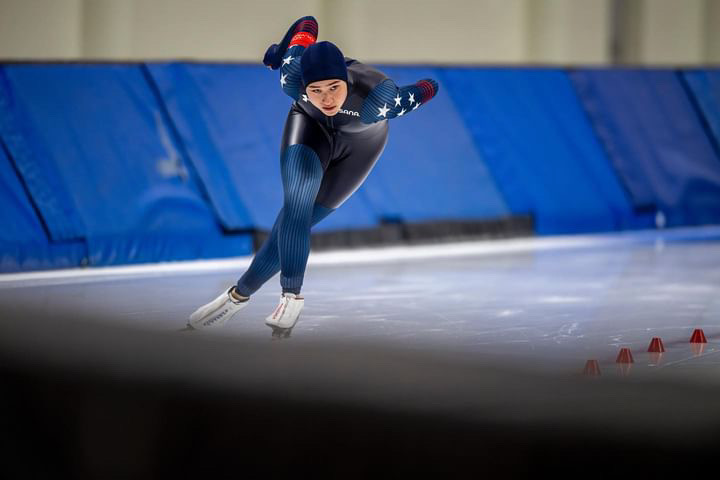Over the decades, the world of winter sports has witnessed a remarkable transformation in welcoming individuals with disabilities. It all started in the early 1950s when courageous amputee veterans ventured into skiing despite their physical challenges. The game-changer came with the invention of the outrigger by the ingenious West Germans—this innovative crutch with ski tips revolutionized the sport. Soon after, amputee ski clubs cropped up across the United States, heralding the dawn of organized winter sports for amputees.
Initially, amputee skiing dominated the scene, but the late ’60s and ’70s opened doors wider. People with “bad” legs due to polio and others daringly experimented with skiing using prostheses. Simultaneously, visually impaired individuals joined the fray, leading to groundbreaking innovations like the “Four-Track” technique, enabling skiing for those with severe disabilities.
By the ’80s, the game-changer was “sit skiing,” extending the joys of the sport to wheelchair users. Beyond physical benefits like enhanced stamina and strength, participants embraced a newfound positivity—a ‘can do’ attitude permeated beyond the slopes, impacting lives holistically.
Alpine skiing emerged as the go-to winter sport for individuals with disabilities. Adaptive gear like outriggers opened doors to various techniques—three-track, four-track, blind skiing, and sit skiing—catering to diverse disabilities, fostering inclusivity in competitions and ski programs.
Organizations like the National Handicapped Sports and Recreation Association (NHSRA) introduced adaptive ski teaching, complemented by a spectrum of competition opportunities, from local races to prestigious national and global championships.
Nordic skiing found its niche among participants too. Though less prevalent than Alpine skiing, Nordic skiing offered adaptive avenues for amputees, visually impaired individuals, and those with muscular impairments, providing inclusive competition and instruction opportunities.
Winter activities like snowmobiling, ice boating, bike sailing, and ice fishing also became accessible, broadening the horizon of winter adventures for individuals with disabilities.
The world of winter sports for people with disabilities has evolved into inclusive, adaptive programs, delivering physical, psychological, and social rewards while championing a ‘mainstreamed’ experience previously considered exclusive in the sporting realm.



